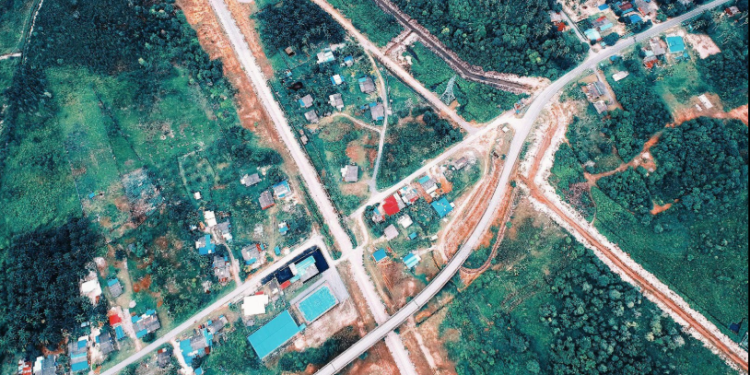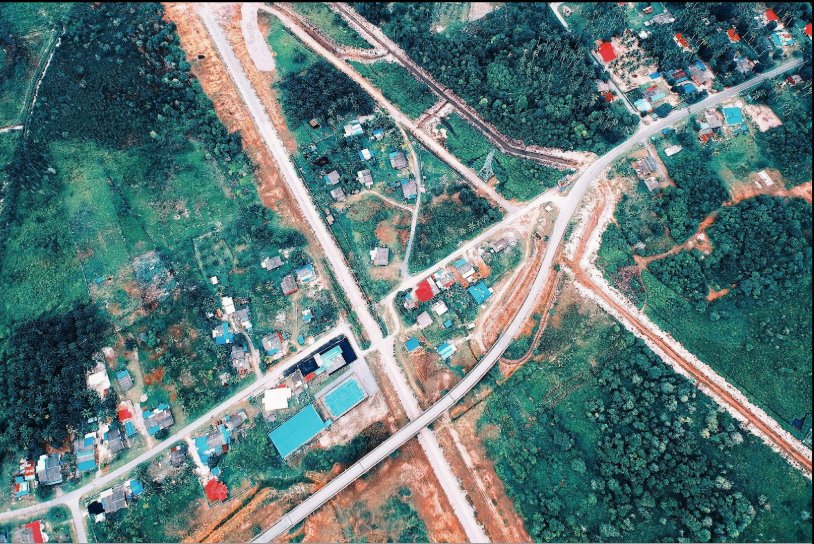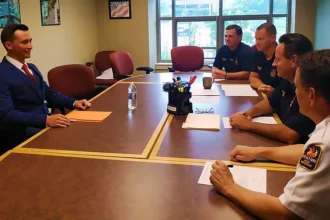The Rising Demand for Skilled Professionals in Underserved Communities


Across the country, particularly in rural towns and low-income neighborhoods, many people lack access to essential services. From healthcare and education to social support and skilled trades, these communities often go without the help they need. As the divide between well-served and underserved areas widens, the need for trained professionals continues to grow.
This article explains the reasons behind the rising demand, identifies the sectors most affected, outlines the impact on communities, and explores potential solutions to address these critical shortages.
Table of Contents
Why Demand Is Rising
Underserved communities face growing gaps in essential services due to aging populations, migration to cities, and limited local resources. As rural areas lose workers and urban systems become overwhelmed, the need for professionals in healthcare, education, and social support continues to climb.
The pandemic made these gaps more visible and increased interest in public service careers. This shift in awareness has motivated more people to seek fast, accessible paths into the field. To meet this demand quickly, many are turning to flexible options like the fastest online MSW programs, which allow students to enter the workforce sooner while studying remotely. These programs help address urgent staffing needs without long delays or geographic barriers.
With economic inequality and underfunded systems adding pressure, efficient training pathways are becoming essential to closing the gap.
Key Sectors Facing Talent Shortages
The shortage of skilled workers is felt across several important fields:
- Healthcare: Many small towns lack doctors, nurses, and mental health providers. Clinics are understaffed, and people often have to travel far to get care.
- Education: There’s a serious need for qualified teachers, especially in special education and STEM subjects. Some schools rely on long-term substitutes for months at a time.
- Technology: As more services move online, underserved areas fall behind due to a lack of tech workers who can build and support digital systems.
- Skilled Trades: Electricians, plumbers, and HVAC technicians are hard to find in some rural and low-income communities. This slows down home repairs, construction, and even public safety projects.
- Social Work and Public Services: Many areas don’t have enough caseworkers, counselors, or outreach staff to meet the needs of struggling families.
The Impact of Professional Shortages on Communities
When there aren’t enough skilled workers, entire communities suffer. In healthcare, this can lead to higher rates of untreated conditions like diabetes or heart disease. Emergency rooms become overwhelmed because people don’t have regular access to primary care.
In education, a lack of teachers means larger class sizes and less personalized learning. Students may fall behind, especially if they don’t get the help they need early on.
The economy also takes a hit. Businesses hesitate to invest in places where there’s no skilled workforce. Fewer services mean fewer jobs, and the cycle continues.
Finally, the social impact can be deep. Without counselors, community centers, or youth programs, people, especially young people, may feel disconnected or unsupported.
Barriers to Attracting and Retaining Skilled Workers
Getting professionals to work in underserved areas isn’t always easy. There are a few key reasons why:
- Fewer Opportunities: People might worry that there’s no room to grow in these communities or that they’ll miss out on career development.
- Professional Isolation: It can be tough to work in a place where there are few peers in your field. Mentorship and networking opportunities may be limited.
- Lower Pay: Jobs in rural or underserved areas may not pay as much as similar roles in bigger cities.
- Limited Infrastructure: In some cases, basic things like housing, transportation, or internet access can be hard to come by.
- Cultural Differences: For someone new to the area, it can take time to adjust and feel connected to the community.
Solutions and Success Stories
Despite the challenges, there are programs and ideas that are making a real difference.
- Incentive Programs: Some states offer student loan forgiveness, housing help, or tax breaks to professionals who commit to working in underserved areas for a few years.
- Remote Work: With better internet access, remote work is now an option for teachers, therapists, and IT workers who can support communities without being there full time.
- Grow-Your-Own Models: Local training programs are helping people who already live in these areas get the education and skills they need. They’re more likely to stay and serve their neighbors.
- Public-Private Partnerships: Some businesses are teaming up with local governments to bring training, jobs, and support services to these regions.
For example, a program in a rural Midwest town helped local high school graduates become certified nursing assistants (CNAs), then supported them through nursing school. Now, they work at the local hospital that once struggled to keep staff.
Why It Matters for the Future
Filling these gaps isn’t just about fairness. It’s about making sure that every community—no matter its size or income level—has a chance to grow, stay healthy, and succeed.
When people have access to doctors, teachers, and trained workers, they’re more likely to stay in their communities, raise families, and build local businesses. It boosts the economy, reduces health care costs, and strengthens the country as a whole.
Ignoring the needs of underserved areas can lead to bigger problems down the road. Investing in skilled professionals now is a smart move for the future.
The demand for skilled professionals in underserved communities is not going away. In fact, it’s only growing. These areas need more doctors, teachers, social workers, and tradespeople—not just to survive, but to thrive.
It’s a challenge that requires teamwork from schools, employers, governments, and individuals. Whether through better training programs, smart policy choices, or community investment, there are real ways to close the gap.
If we want a stronger, more connected country, we have to make sure that no community is left behind.

